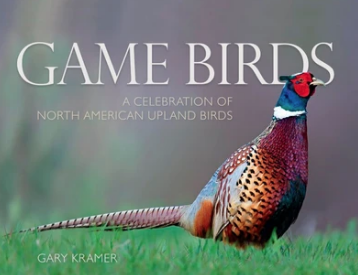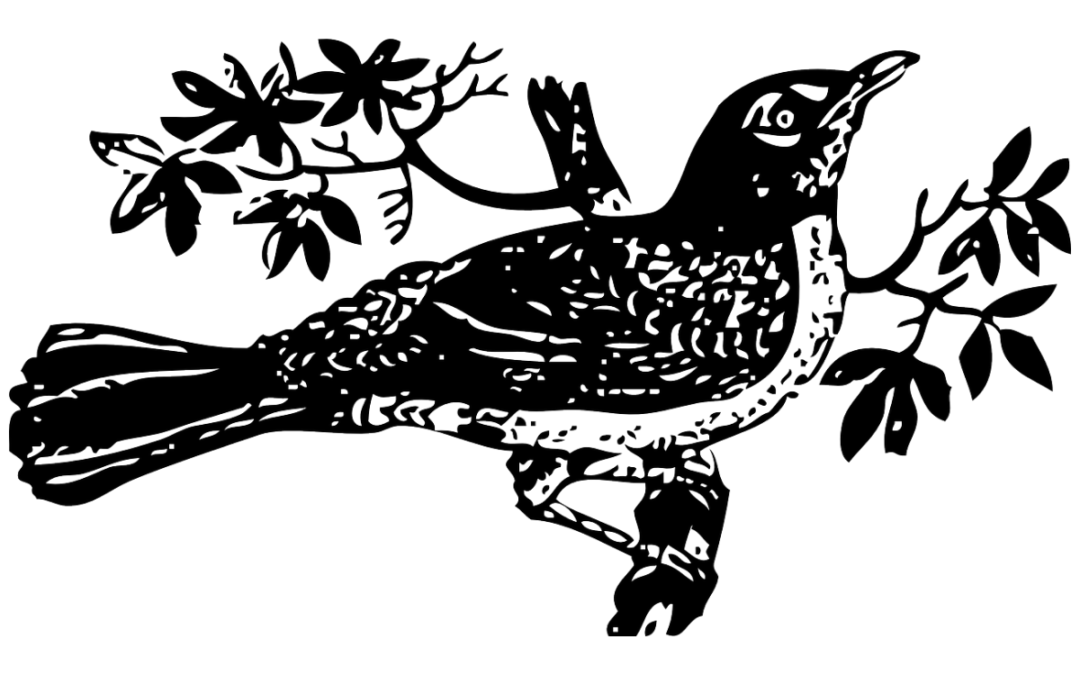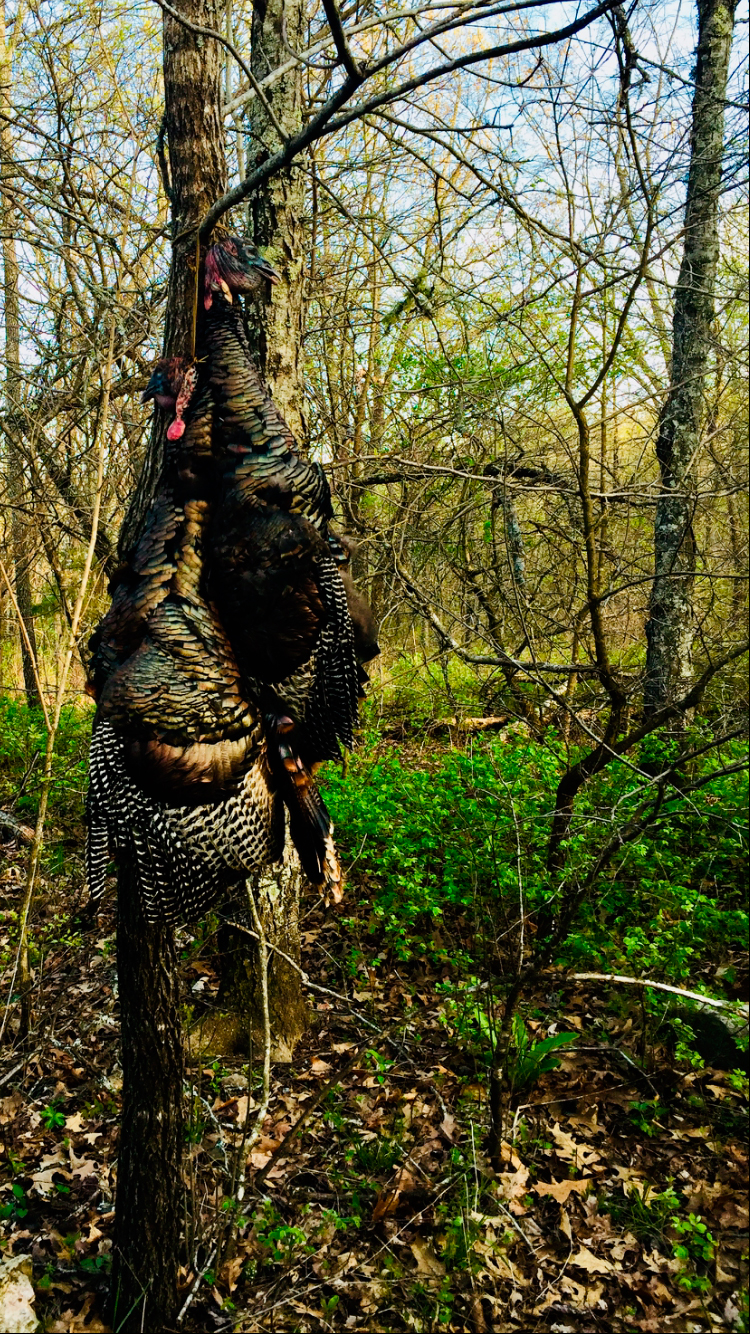A turkey hunter encounters a mockingbird with an impressive vocabulary, imitating quail, bucks and hogs. But one sound sent the hunter running.
After poring over a topographic map all winter, I finally drew my X on an out-of-the-way piece of public land. It was going to be a heckuva hike in, but I didn’t have much choice. The turkey numbers on the private land I had permission to hunt had been declining for years so I was having to get creative. Opening afternoon of the spring season found me standing in the spot I’d marked wondering what in the world I was going to do next; the terrain was much too thick for turkey. And because it was so late in the day, I didn’t have time to scout out a secondary location. So I took a seat at the base of a white oak, wiped the sweat from my forehead and closed my eyes.
The coo of a collared dove startled me awake. I opened my eyes to see not a dove, but a mockingbird on a limb above me. He was brown and beige and seemed big as a buzzard, and the minute we made eye contact, he cackled like a pheasant and then whistled like a quail. This bird had some vocabulary. I was particularly thrilled to hear his quail whistle because mockingbirds only imitate what they hear, and the quail numbers in these parts had dipped even lower than the turkey numbers. But this bird had heard a bobwhite somewhere.
I was less than thrilled when the mockingbird started blowing like a cantankerous old doe. There’s not a sound I hate to hear more than the blowing of a doe, and it went on for what felt like half an hour. I swear I even saw that mockingbird stomp his foot once. When he followed his doe blowing with a mature buck’s snort wheeze, though, I knew where I’d be sitting come fall. The spot might have been too thick for turkey but it was ideal whitetail habitat. I stood up to look at the limbs I’d have to trim for a clear shooting lane and wound up spooking off the mockingbird.
Fifteen minutes later, I was still thinking about deer season when I heard the sounding call of a hen turkey, a call I immediately answered with one of my own. We carried on a brief conversation of yelp and cluck, and then all went quiet and still. A thundering gobble shattered the silence, and I instinctively shouldered my shotgun, sure that a shot was at hand. Another gobble had me picking through brush and branches for the glimpse of a red head. He had to be close! A third gobble betrayed the bird’s location, but it wasn’t a tom turkey that stepped out. Instead, that blasted mockingbird bounced from the brush to a branch above my head. He glanced down at me, cocked his head to one side and gobbled again.
I shook my own head in disbelief and then reminded myself that mockingbirds only mimic what they hear. There were turkeys around here somewhere. Already racking my brain for a clearing I might have missed on the map, I was snapped out of my thoughts when the mockingbird grunted like a feral hog. That grunt in the gathering dark got me to thinking about the long walk ahead of me, so I jumped to my feet to get one last look at the bird before heading for the truck. I took a step closer, and he popped his jaws at me like a momma bear protecting her cubs. Where in the world had this bird been? I took a step back when he parroted the rattle of a diamondback and another when he screamed like a mountain lion. But it was the last call he made that made me turn and run for the safety of civilization. Because any man brave enough to stay in the woods with a mockingbird that can imitate the pump action of a 12 gauge shotgun is a braver man than I.
 This comprehensive, large-format book covers all 34 species of game birds in the U.S. and Canada, from those on the brink of extinction like the masked bobwhite to the most common and widespread ring-necked pheasant and wild turkey. You’ll marvel at all 384 images by award-winning photographer Gary Kramer. Shop Now
This comprehensive, large-format book covers all 34 species of game birds in the U.S. and Canada, from those on the brink of extinction like the masked bobwhite to the most common and widespread ring-necked pheasant and wild turkey. You’ll marvel at all 384 images by award-winning photographer Gary Kramer. Shop Now




